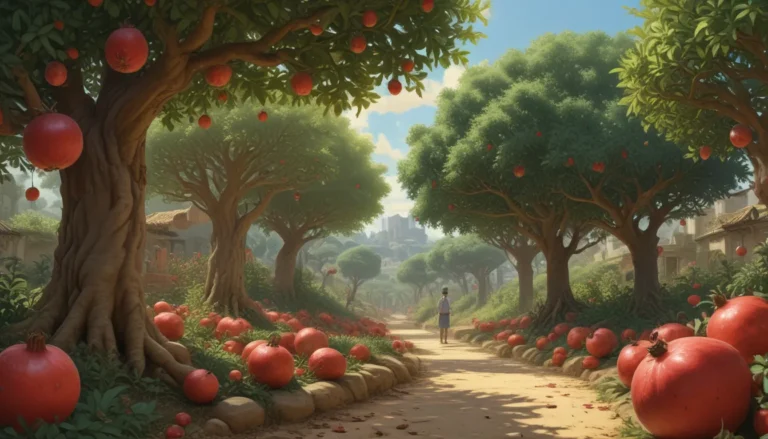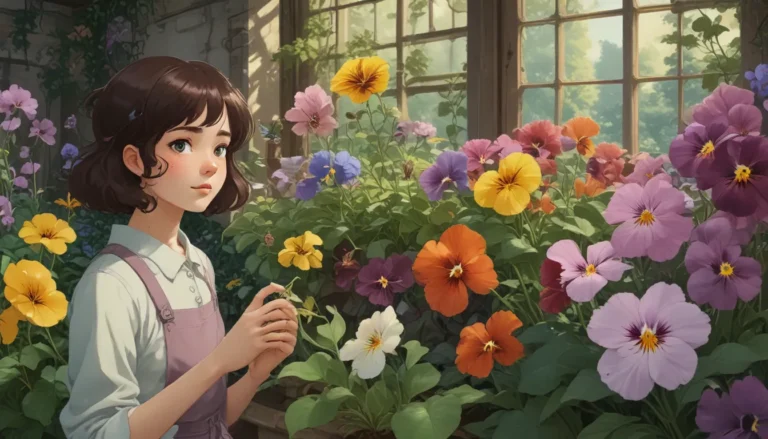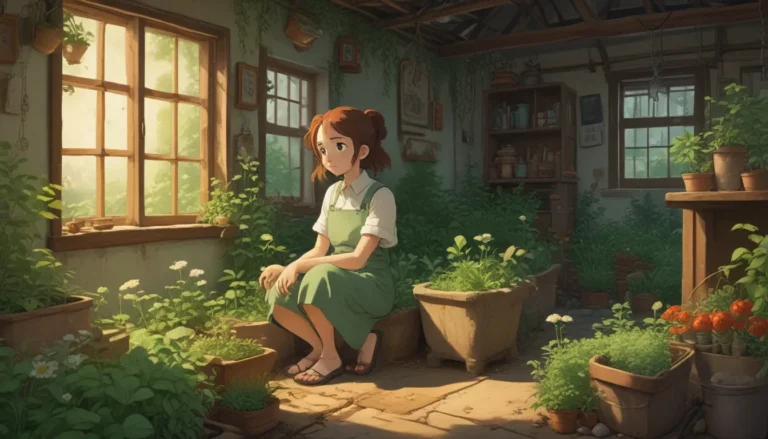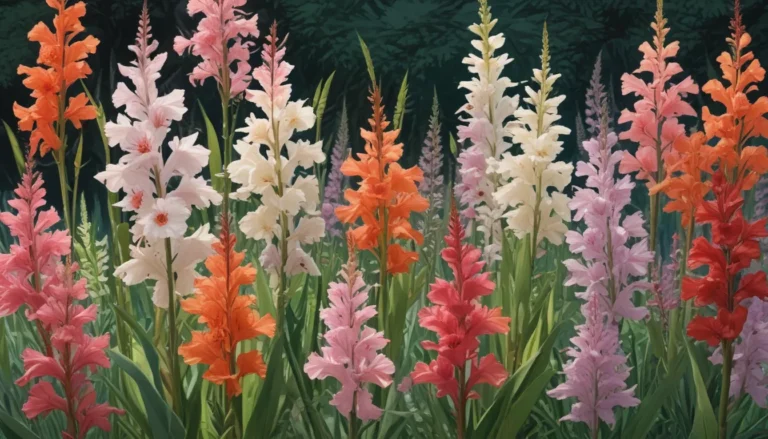Exploring the Edible Side of Fuchsias: A Guide to Eating Fuchsia Berries, Leaves, and Flowers
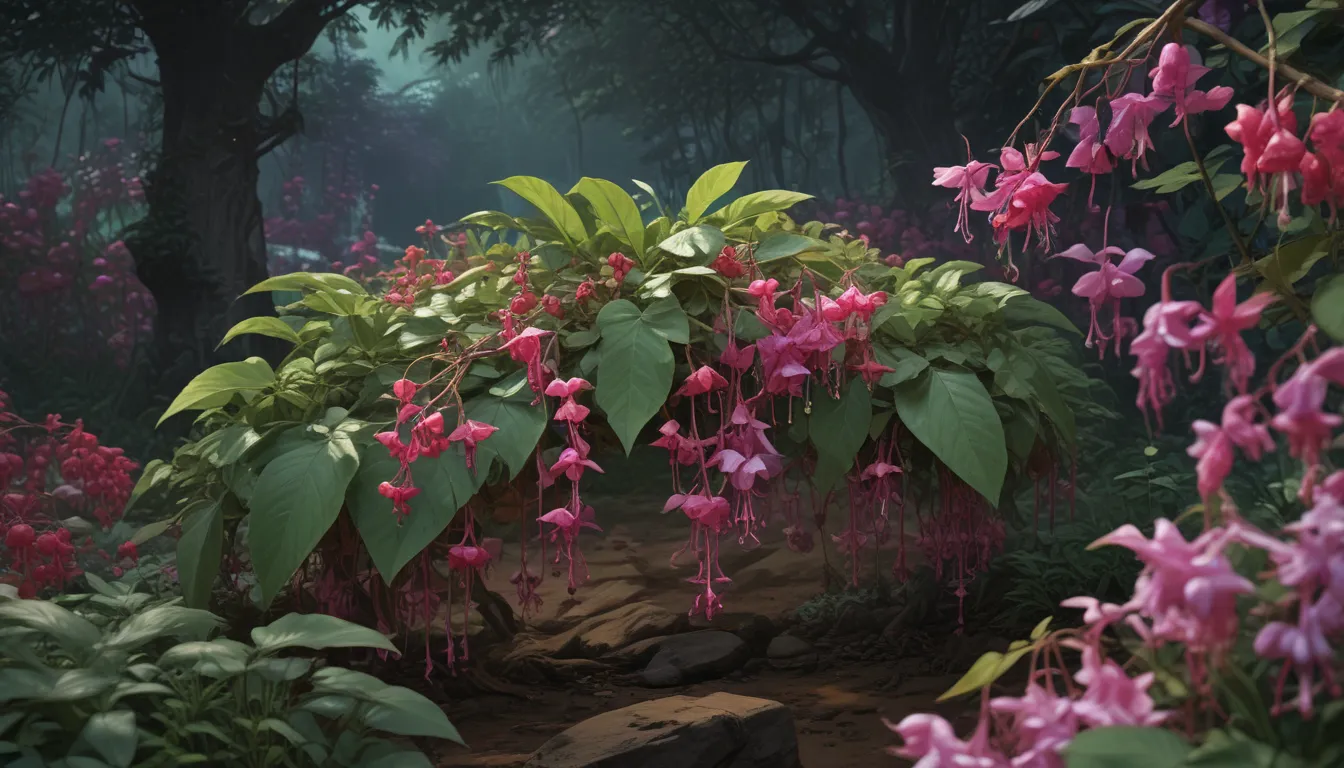
If you’ve ever wandered through a garden and admired the vibrant beauty of fuchsia plants, you might not realize that they offer more than just visual pleasure. Fuchsia flowers, leaves, and berries are all edible, making them a delightful addition to your culinary repertoire.
In this in-depth guide, we’ll delve into the world of edible fuchsias, covering everything from harvesting to preserving, and even give you a rundown of the best species and hybrids for eating. So, grab a seat at the table, because we’re about to feast on fuchsia goodness!
What You’ll Learn
- Are Fuchsias Edible?
- When to Harvest
- How to Harvest
- Best Species and Hybrids for Eating
- Use and Preserving
Are you ready to unlock the culinary potential of fuchsias? Let’s begin our tasty journey!
Are Fuchsias Edible?
While most people admire fuchsia plants for their stunning floral displays, few realize that these plants have a delicious secret – their berries, leaves, and flowers are all safe to eat. Cultivated for centuries in various cultures around the world, fuchsias offer a unique and flavorful addition to the dining table.
The berries, which are often mistaken for seeds, are the real stars of the plant. They are sweet and slightly acidic, with a hint of pepper or lemon flavor. The flowers, on the other hand, can range from bitter to subtly acidic, making them a versatile ingredient for both sweet and savory dishes.
All parts of the fuchsia plant are safe to eat, but the fruits and flowers are the most sought after for their flavor and visual appeal.
When to Harvest
Harvesting fuchsia flowers, berries, and leaves is a simple process that can be done throughout the growing season. Flowers can be picked as soon as they bloom, while ripe berries are usually ready for picking a week or two after flowering.
To ensure a continuous harvest of flowers, it’s essential to deadhead the plants regularly. By allowing only half of the fruits to ripen, you can keep the plant blooming all season long. Some species and hybrids continue to produce flowers even after the berries form, making them ideal for those looking to enjoy both fruits and blossoms simultaneously.
Flowers are best eaten when mature, while berries should be picked once they are soft but not mushy. The color of the berries varies depending on the variety, with darker fruits typically being sweeter.
How to Harvest
Harvesting fuchsia flowers, berries, and leaves is a straightforward process. Simply snip off the flowers with scissors or pinch them off with your fingernails. To encourage the fruits to ripen, it’s important not to prune away the spent flowers.
When harvesting berries, give them a gentle squeeze to determine if they are ripe. The berries should be soft but not mushy and will change color as they mature. Snip each berry off with a clean pair of snippers or scissors.
For leaves, pluck them when they are young for the best flavor.
Best Species and Hybrids for Eating
When it comes to edible fuchsias, some species and hybrids stand out for their delicious flavor and versatility in the kitchen. Here are a few recommendations:
- ‘Fuchsiaberry’: Produces juicy berries with a kiwi and fig-like flavor.
- ‘Jingle Bells’: Known for its hardy nature and large, sweet berries.
- F. regia subsp. regia: Features massive berries with a unique taste.
- ‘Cecile,’ ‘Swingtime,’ and ‘Fascination’: Have tasty flowers that are not too bitter or acidic.
- Native and naturalized plants like F. boliviana, F. excorticata, and F. procumbens are also worth exploring for their flavorful fruits and flowers.
Experiment with different species and hybrids to find your favorite fuchsia treats!
Use and Preserving
Once you’ve harvested your fuchsia bounty, it’s time to put them to good use in the kitchen. Berries can be enjoyed fresh, frozen for later use, or dried for a raisin-like snack. The flowers are best enjoyed fresh but can be stored in the refrigerator for a few days wrapped in paper towels.
Leaves can be used in salads, sandwiches, or as a fresh garnish for soups. The berries make delicious jams, jellies, and can be added to a variety of sweet and savory dishes.
When cooking with fuchsia, remember that the juice from the berries may stain your skin and clothing, so exercise caution. Always harvest from plants that haven’t been sprayed with chemicals and avoid consuming plants from roadside or unfamiliar areas.
Grow Fuchsia for Food and Flowers
In conclusion, fuchsias are not just a feast for the eyes but also a delightful addition to your culinary adventures. Whether you’re munching on berries, nibbling on petals, or adding leaves to your salads, fuchsias offer a unique and flavorful experience.
So, next time you encounter a fuchsia plant, don’t just admire its beauty – indulge in its edible delights. And if you discover a particularly delicious species or hybrid, be sure to share your findings with us in the comments below.
Happy eating!

